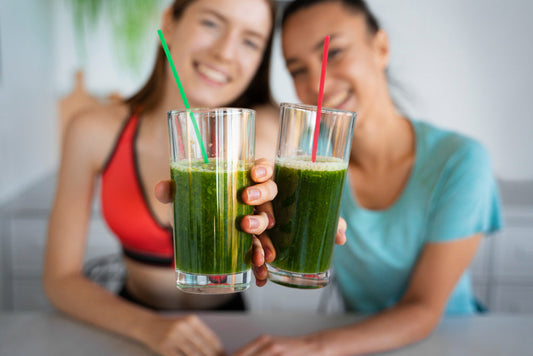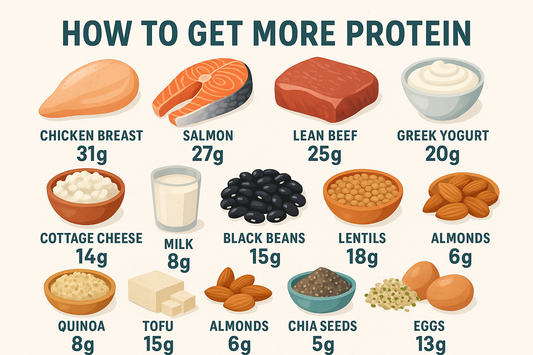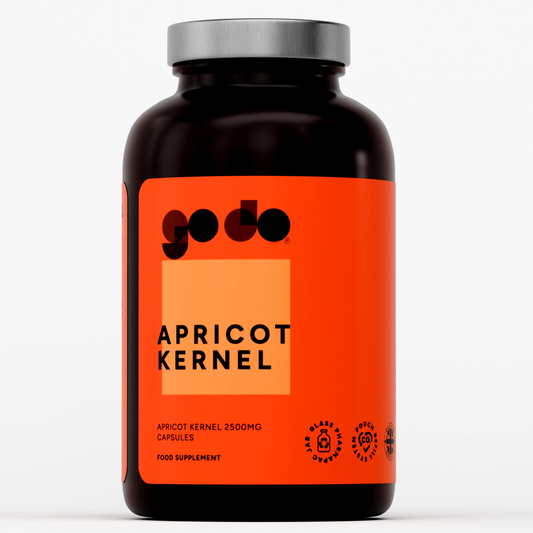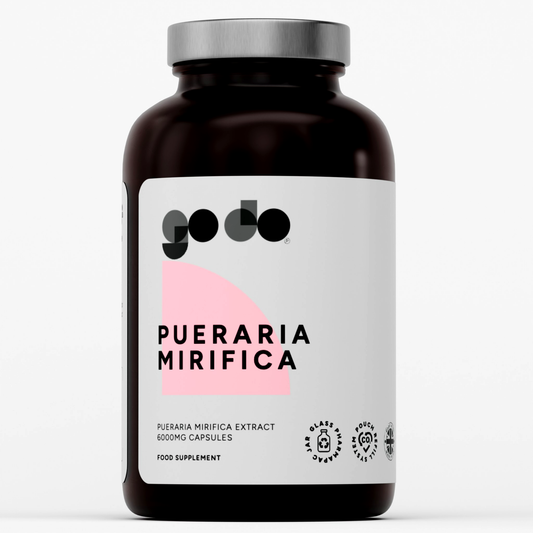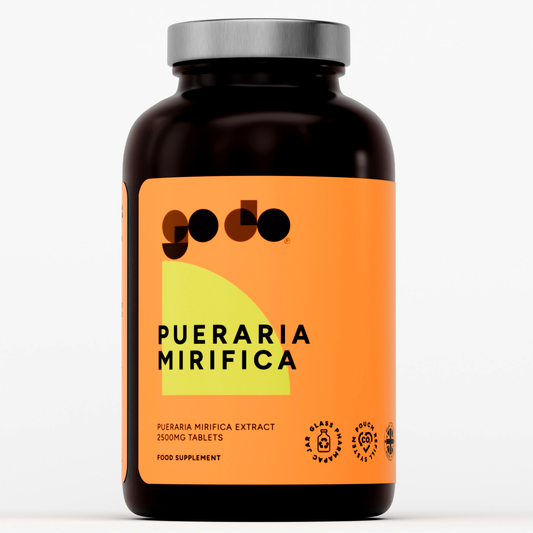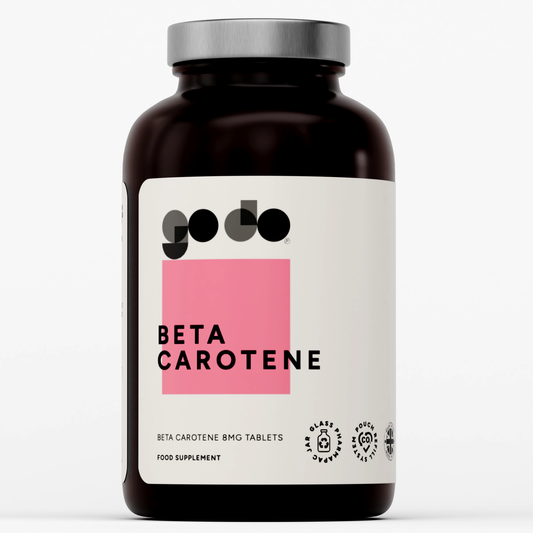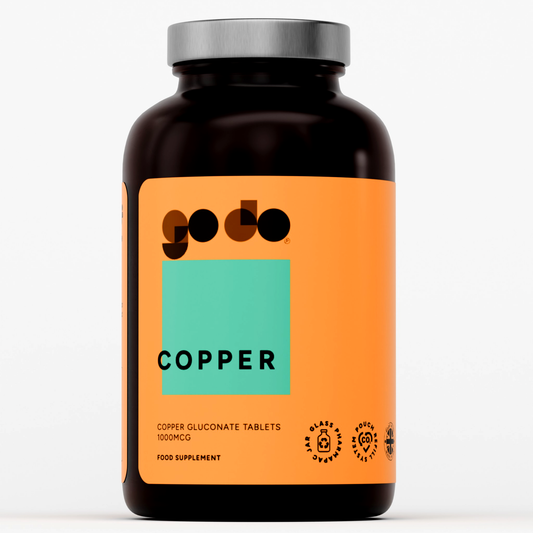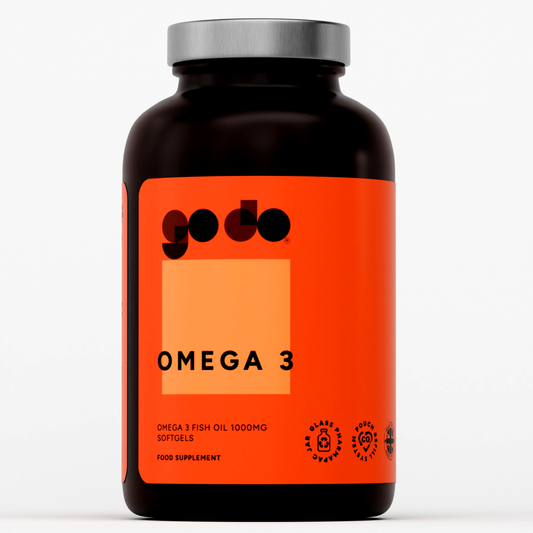How to Get Rid of the Love Handles: Effective Tips and Exercises
Love handles—those stubborn deposits of fat that cling to the sides of your waistline—can be frustrating to deal with. Despite their endearing name, many people find them anything but lovable. The good news is that with the right approach to diet, exercise, and lifestyle modifications, you can effectively reduce these troublesome areas and achieve a more toned midsection. Incorporating a holistic approach to fat loss, which combines diet, exercise, and lifestyle changes, is essential for managing stress and supporting overall well-being, ultimately contributing to the reduction of abdominal fat.
Understanding Love Handles
What Are Love Handles?
Love handles refer to the excess fat that accumulates on the sides of the waist and hangs over the top of pants. Anatomically, they’re deposits of subcutaneous fat (fat stored just beneath the skin) and are part of the body's overall fat mass that sits on top of the oblique muscles on either side of your torso. Unlike visceral fat that surrounds organs, love handles consist of subcutaneous fat, which can be more stubborn to lose but less dangerous from a health perspective. These fat deposits are particularly noticeable when wearing fitted clothing and tend to create a muffin-top appearance.
Causes of Love Handles
Many factors contribute to the development of love handles. Hormonal changes play a significant role, especially as we age. Declining testosterone levels in men and estrogen fluctuations in women can redirect fat storage toward the midsection. A sedentary lifestyle is another major contributor, as prolonged sitting reduces calorie expenditure while weakening core muscles. Genetic predisposition also influences where your body preferentially stores fat—some people are simply more prone to accumulating fat around the waistline. Poor dietary choices, particularly those high in processed carbohydrates and trans fats, promote fat storage in this area. Finally, chronic stress elevates cortisol levels, which signals the body to store fat around the abdomen as a survival mechanism.

Role of Genetics in Fat Distribution
Genetics play a significant role in how our bodies store and distribute fat, particularly in the development of love handles. Research indicates that genetic factors can influence fat storage patterns, making some individuals more prone to accumulating fat in the abdominal area, including the love handle region.
Several genes have been identified that contribute to fat distribution, including those involved in lipid metabolism, insulin sensitivity, and hormone regulation. For instance, variations in the genes that code for leptin—a hormone that regulates appetite and metabolism—have been linked to increased fat storage in the abdominal area.
While genetics can predispose individuals to store fat in certain areas, it’s important to remember that lifestyle factors such as diet and exercise play a crucial role in determining overall body composition. By adopting a healthy lifestyle, you can mitigate genetic predispositions and reduce the risk of developing love handles. Focus on a balanced diet, regular physical activity, and consistent healthy habits to achieve and maintain a toned midsection.
Lifestyle Changes for Fat Loss
Diet for Fat Loss
Diet plays a crucial role in eliminating love handles by maintaining a calorie deficit. Focus on creating a modest caloric deficit of 300-500 calories daily, which promotes gradual, sustainable fat loss without triggering metabolic adaptations that can sabotage progress. Prioritize whole, unprocessed foods that provide essential nutrients while keeping you satiated. Increase protein intake to 1.6-2.0 grams per kilogram of body weight to preserve muscle mass during fat loss and increase the thermic effect of food. Reduce refined carbohydrates and added sugars, which spike insulin levels and promote fat storage. Instead, choose complex carbohydrates like vegetables, legumes, and whole grains that provide sustained energy and valuable nutrients. Include healthy fats from sources like avocados, nuts, and olive oil, which support hormone production and help you feel full. Finally, maintain proper hydration, as thirst is often mistaken for hunger, and water is essential for optimal metabolic function.

Mindful Eating Practices
Mindful eating practices can significantly impact your relationship with food and help reduce the risk of developing love handles. Mindful eating involves paying close attention to hunger and fullness cues, savoring each bite, and eating slowly to enhance the eating experience.
Research has shown that mindful eating can lead to weight loss and improved body composition. By eating more mindfully, you can reduce overall calorie intake, make healthier food choices, and develop a more positive body image.
Here are some tips for practicing mindful eating:
-
Eat Slowly and Savor Food: Take your time to chew thoroughly and enjoy the flavors and textures of your food.
-
Pay Attention to Hunger and Fullness Cues: Listen to your body and eat when you’re hungry, stopping when you’re comfortably full.
-
Avoid Distractions: Turn off the TV and put away your phone to focus solely on your meal.
-
Choose Whole, Unprocessed Foods: Opt for nutrient-dense foods that provide sustained energy and essential nutrients.
-
Stay Hydrated: Drink plenty of water throughout the day to help manage hunger and support overall health.
By incorporating mindful eating practices into your daily routine, you can develop a healthier relationship with food and reduce the risk of developing love handles.
Hydration and Its Role in Fat Loss
Hydration is a crucial component of fat loss, particularly when it comes to reducing love handles. Drinking enough water can help boost metabolism, suppress appetite, and improve overall health.
Research has shown that even mild dehydration can lead to a decreased metabolism and increased hunger. Conversely, staying well-hydrated can increase satiety, reduce calorie intake, and enhance exercise performance.
Aim to drink at least eight glasses of water per day, adjusting for individual needs and activity levels. Incorporating hydrating foods, such as fruits and vegetables, into your diet can also support fat loss.
Here are some tips for staying hydrated:
-
Drink a Glass of Water Before Meals: This can help reduce hunger and prevent overeating.
-
Incorporate Hydrating Foods: Include fruits and vegetables like cucumbers, watermelon, and oranges in your diet.
-
Avoid Sugary Drinks and Excessive Caffeine: These can dehydrate the body and add unnecessary calories.
-
Drink Water Regularly: Keep a water bottle with you and take sips throughout the day.
By staying hydrated, you can support your weight loss goals and reduce the risk of developing love handles.

Increasing Physical Activity
Simply moving more throughout the day can significantly impact your body’s fat-burning capabilities by helping you burn more calories. Aim for 8,000-10,000 steps daily through deliberate walks and incidental movement. Incorporate regular cardiovascular exercise (150-300 minutes weekly) to create an additional caloric deficit and improve metabolic health. High-intensity interval training (HIIT) is particularly effective, as it continues to burn calories hours after exercise through excess post-exercise oxygen consumption (EPOC). Non-exercise activity thermogenesis (NEAT)—the energy expended during everyday activities—can account for significant calorie burning, so take stairs, park farther away, and find opportunities to stand and move throughout the day.
Building Muscle for Fat Loss
Build Muscle to Lose Fat
Muscle tissue is metabolically active, burning calories even at rest. Using an overhand grip in exercises like deadlifts helps engage various muscle groups effectively. Strength training 3-4 times weekly stimulates muscle growth and preservation, which increases basal metabolic rate. Focus on progressive overload by gradually increasing resistance or repetitions to continuously challenge your muscles. Compound movements like squats, deadlifts, and presses recruit multiple muscle groups simultaneously, maximizing caloric expenditure and hormonal response. Including total body workouts ensures balanced development and prevents muscular imbalances. Remember that while spot reduction (losing fat from specific areas through targeted exercises) is largely a myth, building muscle throughout your body increases overall fat-burning capacity.

Importance of Core Strength
Core strength is essential for maintaining good posture, reducing back pain, and improving overall athletic performance. A strong core can also help reduce the appearance of love handles by toning the abdominal muscles.
The core muscles, including the abs, obliques, and lower back, work together to stabilize the body and maintain good posture. Weak core muscles can lead to poor posture, back pain, and a less toned appearance.
Incorporating core-strengthening exercises into your workout routine can help improve overall core strength and reduce the appearance of love handles. Some effective core exercises include:
-
Planks: Hold a plank position to engage the entire core.
-
Russian Twists: Sit with your legs bent, lean back slightly, and twist your torso from side to side.
-
Leg Raises: Lie on your back and lift your legs straight up, then lower them slowly.
-
Bicycle Crunches: Lie on your back, lift your legs, and alternate bringing your elbows to your opposite knees.
Aim to incorporate core exercises into your workout routine 2-3 times per week, adjusting according to your individual needs and fitness level.
Effective Exercises for Love Handles
Best Exercises to Lose Love Handles
While targeted exercises won’t spot-reduce fat, strengthening the oblique muscles makes them more visible once overall body fat decreases. Side planks and variations develop lateral core stability while engaging the obliques isometrically. It's important to maintain a straight line from head to feet during side planks for proper form. Russian twists target rotational strength in the obliques—perform them with extended arms for increased difficulty. Ensure to keep your arms straight during Russian twists for maximum efficiency. Woodchoppers mimic functional diagonal movements while engaging the entire core. Mountain climbers with a twist incorporate cardio benefits while challenging the obliques dynamically. Maintain shoulder width between your hands during mountain climbers for optimal form. Bicycle crunches have been shown in EMG studies to highly activate the oblique muscles. Bring your right elbow towards the opposite knee during bicycle crunches to effectively engage the core. For optimal results, integrate these exercises into a comprehensive workout routine that includes full-body strength training and cardiovascular exercise rather than focusing exclusively on abdominal work.
Additional Tips for Reducing Love Handles
Sleep, Stress, and Self-Care
Factors beyond diet and exercise significantly impact the loss of stubborn fat. Prioritize 7-9 hours of quality sleep nightly, as sleep deprivation disrupts hunger hormones (increasing ghrelin and decreasing leptin), leading to increased appetite and cravings. Manage chronic stress through practices like meditation, deep breathing, or yoga, as elevated cortisol levels promote abdominal fat storage. Maintain consistency with healthy habits rather than pursuing extreme approaches that can’t be sustained. Track progress through multiple metrics beyond the scale, such as measurements, progress photos, and how clothes fit. Be patient with the process—healthy, sustainable fat loss typically occurs at a rate of 0.5-1% of body weight weekly. Finally, practice self-compassion throughout your journey, recognizing that occasional setbacks are normal and don’t define your overall progress.

Tracking Progress and Setting Realistic Goals
Tracking progress and setting realistic goals are essential for achieving weight loss and reducing the appearance of love handles. By monitoring your progress and setting achievable goals, you can stay motivated and focused on your weight loss journey.
Here are some tips for tracking progress:
-
Take Regular Body Measurements: Measure your waist, hips, and other key areas to track changes in body composition.
-
Weigh Yourself Weekly: Monitor your weight consistently, but don’t obsess over daily fluctuations.
-
Track Food Intake and Exercise Habits: Use a journal or app to log your meals and workouts.
-
Take Progress Photos: Visual documentation can provide a powerful reminder of how far you’ve come.
When setting goals, ensure they are realistic and achievable. Aim to lose 1-2 pounds per week for sustainable weight loss. Focus on progress, not perfection, and celebrate small victories along the way.
By tracking progress and setting realistic goals, you can stay motivated and focused on your weight loss journey, reducing the risk of developing love handles.
Conclusion
Get Rid of Love Handles with Consistency and Patience
Eliminating love handles requires a multifaceted approach that addresses both fat loss and muscle development. There are no quick fixes or miracle solutions—sustainable results come from creating a small caloric deficit through improved nutrition, increasing physical activity through both structured exercise and daily movement, building muscle tissue to enhance metabolic rate, and addressing lifestyle factors like sleep and stress. Remember that genetics influence fat distribution patterns, so your timeline may differ from others. Focus on the aspects within your control: stay consistent with healthy habits, celebrating non-scale victories, and appreciating improvements in energy, strength, and overall well-being. With patience and persistence, you can achieve a more defined waistline while enhancing your health and quality of life.



